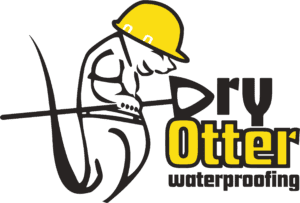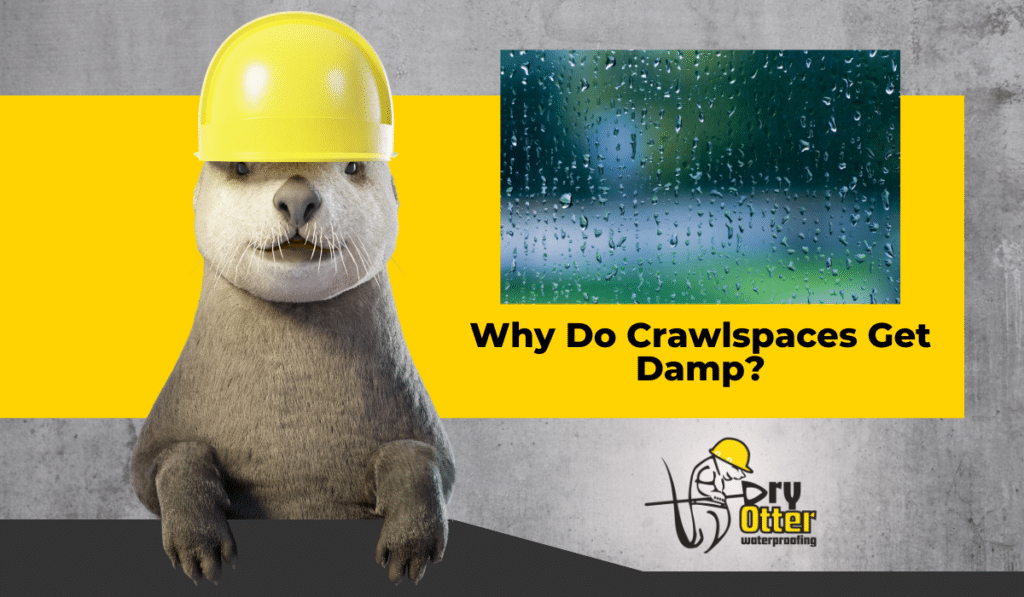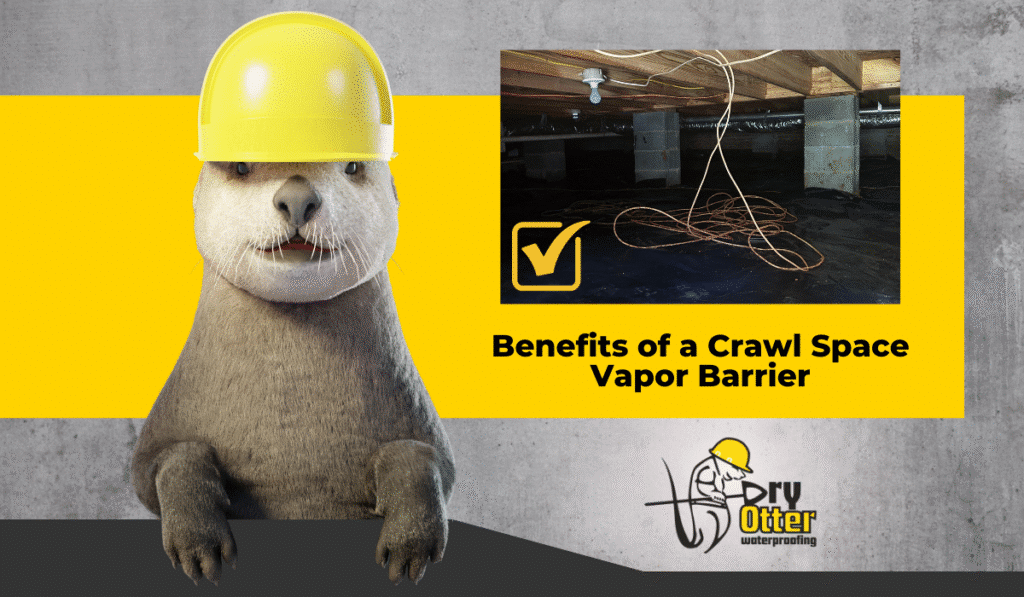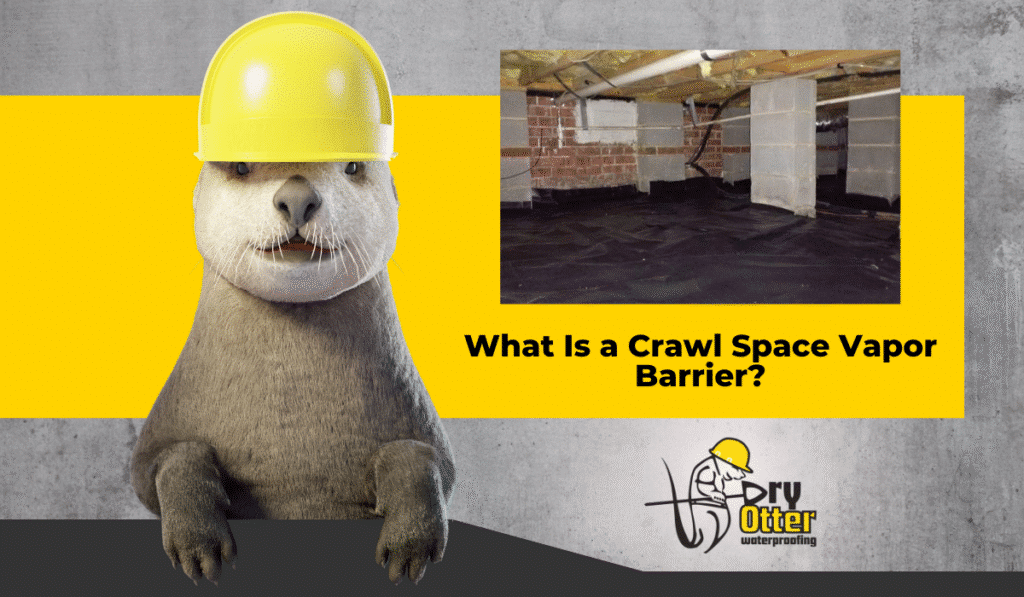Your sump pump is a 24-hour guardian in your basement, tirelessly warding off severe water damage. It’s the unsung hero that keeps your basement safe and dry by removing water.
Regular sump pump maintenance is necessary to keep this powerhouse running so it doesn’t fail at the worst possible time, leaving your basement vulnerable to flooding and water damage.
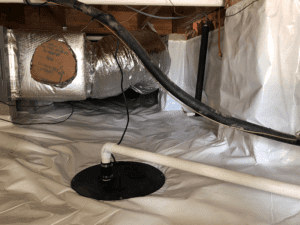
Understanding how sump pumps work
A sump pump is a submersible pump installed in a sump pit, which is a low point in your basement floor.
When the water table rises or heavy rains seep into your foundation, the pump automatically activates, pumping water away from your home through a discharge pipe.
Why Sump Pumps Need Regular Maintenance
Sump pump maintenance is critical because mechanical parts must be maintained to operate correctly.
Peak performance:
Peak performance requires regular cleaning and inspection of the pump and sump pit to keep it free of debris, sediment, and clogs. A clogged sump pump will hinder its ability to work correctly.
Prevents costly repairs:
Regular sump pump maintenance can identify minor issues before they become major breakdowns, leaving your basement vulnerable to water intrusion, expensive repairs, or the need for a complete pump replacement.
If you neglect your sump pump, clogs can lead to an overworked motor that will fail, requiring a complete replacement.
Issues with the motor and the activating switch can also lead to failure, causing flooding, water damage, and mold. Regular sump pump maintenance will keep your pump running.
Peace of mind:
Peak performance means confidence during heavy rains or high groundwater levels. Knowing your system is ready for action is your best defense against water damage.
The cost of failure:
A sump pump is a straightforward machine that performs a critical task, but failure can be catastrophic.
- Flooded basement: A flooded basement is catastrophic. Flooding can damage carpets, flooring, furniture, stored belongings, and even drywall.
The replacement cost is significant, and personal belongings, like pictures and keepsakes, can’t be replaced.
- Structural damage: Extensive standing water in your basement can lead to serious issues like foundation cracks, warped floorboards, and possible structural damage. These repairs can be costly and time-consuming.
- Mold growth: Damp basements are the perfect environment for mold growth. Once mold grows, remediation can be expensive and require professional cleaning and removal to restore your home’s air quality.

Basic Sump Pump Maintenance Steps
Our sump pump checklist will keep your machine running at peak performance:
- Cleaning the pump: Start by unplugging from the power source. Remove the pump from the sump pit and remove any debris, leaves, or sediment from the pump intake screen and surrounding area. Clean everything with a brush or gentle stream of water.
- Test the float switch and check valve for proper operation: Make sure the switch mechanism moves freely and isn’t obstructed by debris. Gently move the switch and check valve up and down to test its function.
- Check outlet pipes: The discharge pipe should be checked for clogs preventing water from flowing freely. Disconnect the pipe and, if necessary, use a plumber’s snake or a hose to clear any blockage, then reattach the hose, ensuring it is secure and directing water away from your foundation.
- Reassembly: If the sump pit is empty, fill it with water to test the pump’s functionality. The pump should activate automatically when the water rises and turn off when the water has been discharged.
- Plug the pump back in once you are satisfied with its operation.
Annual Maintenance Deep Dive
Your annual sump pump checklist covering every component:
- Pump removal and cleaning
- Sump pit cleaning
- Discharge line inspection
- Float switch inspection *These steps were covered in depth in the previous section.
- Battery backup: batteries usually last 3-5 years. Replace them if they show weakness or are near the end of its life.
- Vent hole cleaning: locate the vent hole on the sump pump. Use a thin wire or compressed air to clear away any dust, dirt, or cobwebs blocking it.
- Replace batteries every 3-5 years and pumps every 5-10 years.
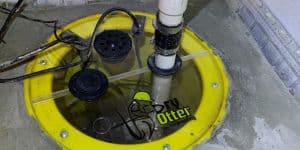
Professional Maintenance and When to Call in Experts
Our sump pump checklist will help you with minor maintenance, but if you smell burning coming from your pump, see sparks or a tripped circuit breaker, or your pump isn’t running or running constantly, it’s time to call a professional.
A professional company can handle all of your maintenance and troubleshooting with knowledge you can trust. They have the tools and expertise to get the job done right.
Dry Otter Waterproofing offers free inspections, a regular maintenance program, and dependable service to help you avoid costly repairs and emergencies.
Schedule a free inspection today to keep your basement safe and dry!
